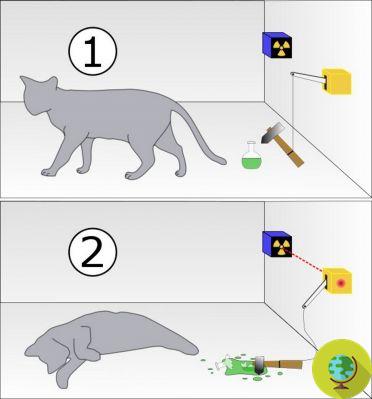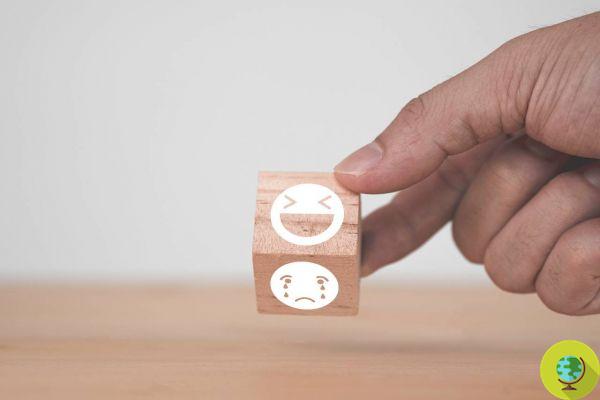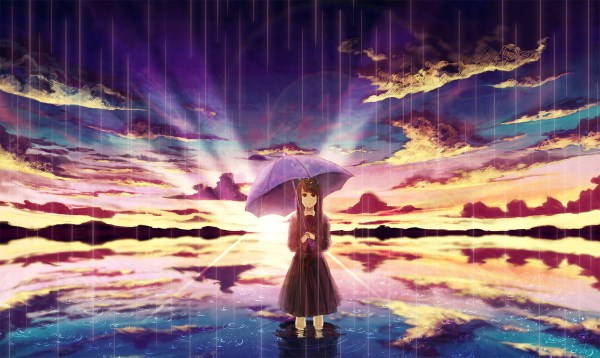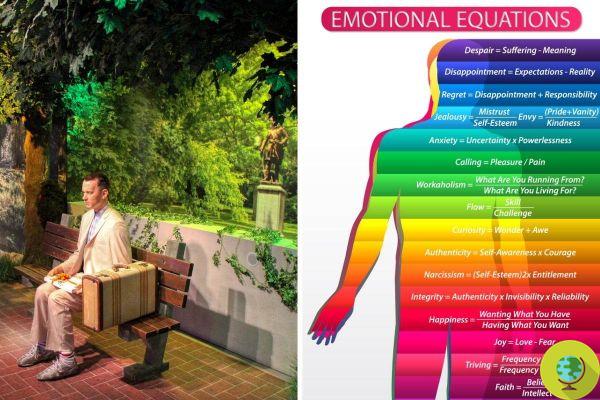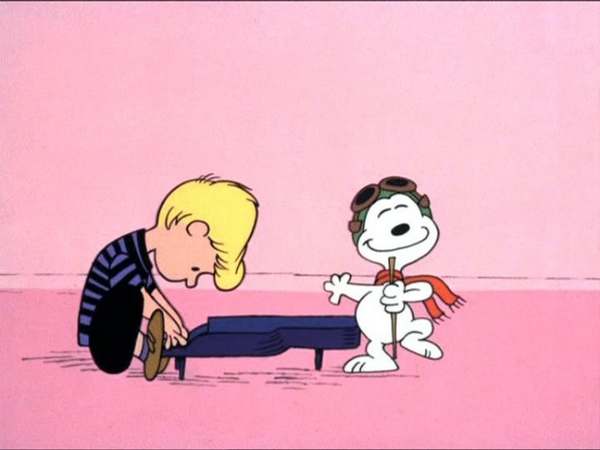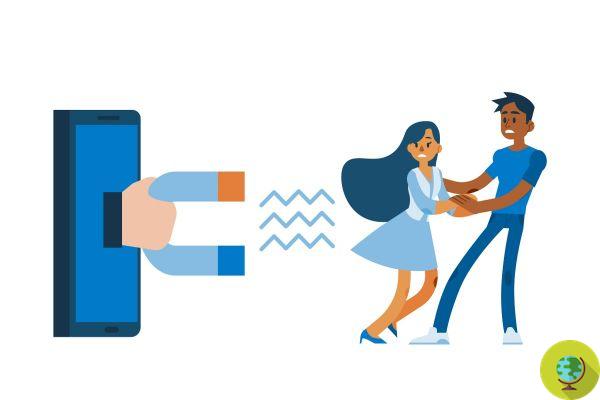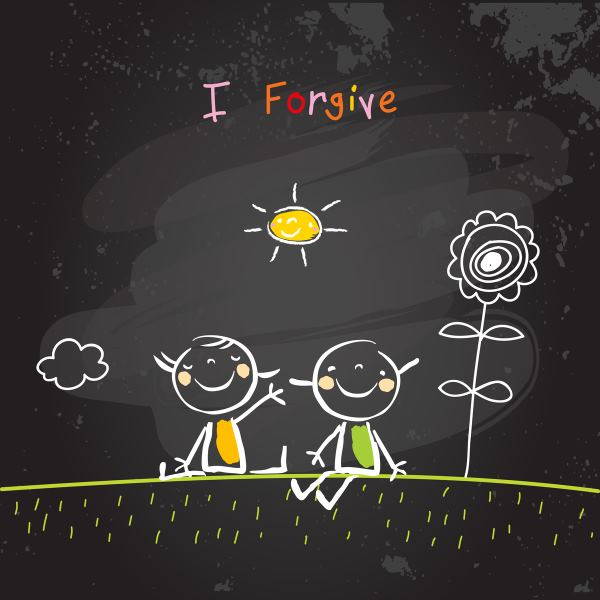
Visual memory could be affected by image size on the retina, according to a new study
Don't store avocado like this: it's dangerousVisual memory could be affected by image size on the retina, according to a new study
Every day we encounter images on the wall, in newspapers, books and electronic devices; some remain etched in our memory and others do not. The elements that influence whether we remember one image and not the other are not yet known, but researchers have speculated that image size and memory are related to each other, as we usually understand what appears in an image if it is big or small.
A new study tried to determine if large images are better remembered than small ones. The hypothesis was based on the fact that the images of large dimensions require the visual system to use more resources to process them.
The study results show for the first time that in natural vision, the Visual memory of images is affected by the size of the image on the retina. These findings can have many implications, including on the use of different types of electronic screens, and on the quality of information processing when we rely on large or small screens.
A systematic review
The team looked into what happens to visual memory when participants were asked to look at the images, knowing nothing of a memory task to come. Each participant was shown several images of different sizes, each presented only once. Over and over again the researchers found that large images were remembered better (1,5 times more) than small images. This phenomenon did not depend on specific stimuli, the order in which the images appeared, their resolution or the amount of information they contained.
To understand whether this result was determined by size rather than amount of detail, the researchers also looked at whether large, blurry images are better etched into memory than clear and small images, where large images contained the same detail. small pictures. To their surprise, they found that, again, the participants remembered large, blurry images better than small, sharp images.
They also found that most images were remembered better when presented as larger than when presented as smaller.
Additional factors can contribute to remembering large images, such as different ones eye movements, and greater attention that arouse large images. The study was conducted in young adults between the ages of 18 and 40, an age at which vision is fully developed but has not yet begun to age. Different ages can be affected by the size of stimuli differently, as both age and experience with screens are quite different between young and old.
Although the study only looked at static images, the findings could have important implications for "screen generation," which consumes much of its information on small electronic devices. However, much follow-up research will be necessary to understand how widespread the phenomenon is, and whether it affects all the elaborations in all situations, or only in some cases.
Follow us on Telegram | Instagram | Facebook | TikTok | Youtube
Photos: PNAS
Could it be interesting for you:
- Memory: how to remember more with these 3 simple tricks suggested by neuroscience
- Thus menopause changes your memory
- How the colors in children's rooms affect memory and learning
- High potency cannabis has these unexpected and newly discovered effects on memory
- Sleep, memories and memory: what happens to your brain while you sleep





